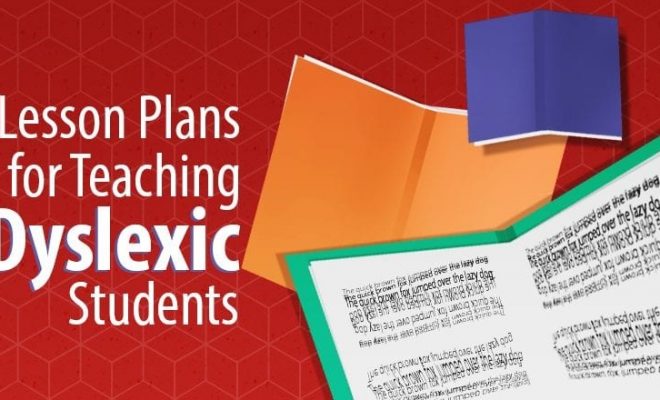
Dyslexic students suffer from a neurological disorder in which the brain has trouble processing phonological information. Letter sounds are hard to remember, especially paired with print writing. For this reason, students have extreme difficulty retaining information pertaining to decoding skills. Research indicates that children with this condition can learn to read, but the act requires particular instruction. Sounds and phonic information should be taught through systemic lessons with multi-sensory emphasis. Teachers and parents may provide help by taking the following steps.
1. Work with Hands-On Curriculum
While some pupils may remember material simply from rote practice, that isn’t enough for those with dyslexia. Their brains function in a different manner, triggered by using many senses. Visual recognition isn’t enough. Try pairing instruction with educational manipulatives. For example, colored letter tiles can be used to create words. The various shades highlight the sounds. The parts are pronounced. The hands act to put it together. This activates neurological activity. In addition, kids might trace letters on sandpaper while pronouncing their sounds. Overall, seek tasks that combine more than sight and ears. Tactile is significant.
2. Work in Small Chunks
Think of reading as a process similar to building a house. It occurs in step. The foundation should be laid first. Young ones should have confidence and security in little bits of pieces before they try to take on more. This is time-consuming, but it avoids creating holes. Look for a set curriculum that scaffolds phonological knowledge. Programs such as Barton and Wilson are believed to work well.
3. Be Patient
Working memory relies on short-term memory function. If it’s strong, workers retain new data easily. Students with learning disabilities often have a weaker memory structure. Instructors have to realize that youngsters aren’t ignoring material. They simply don’t have the ability to hold on to it. In these cases, additional exercises are required. For some, it might take 60 attempts to get the concept. Be prepared to go over it multiple times. Don’t allow defeat to sink in. Praise every step forward.
4. Emphasize Sight Words
Sight words are necessary for fluid reading. They are hard to spell, and they usually cannot be spelled out. Provide a list for study, broken down into digestible bits. Don’t overwhelm and provide various opportunities for review. Games work well here. Play them often, making this fun and enjoyable. With these lists under control, struggling readers can have confidence in knowing base vocabulary.
Reading disorders can be frustrating. Have faith that with the right applications and a lot of dedication, progress may be seen.









